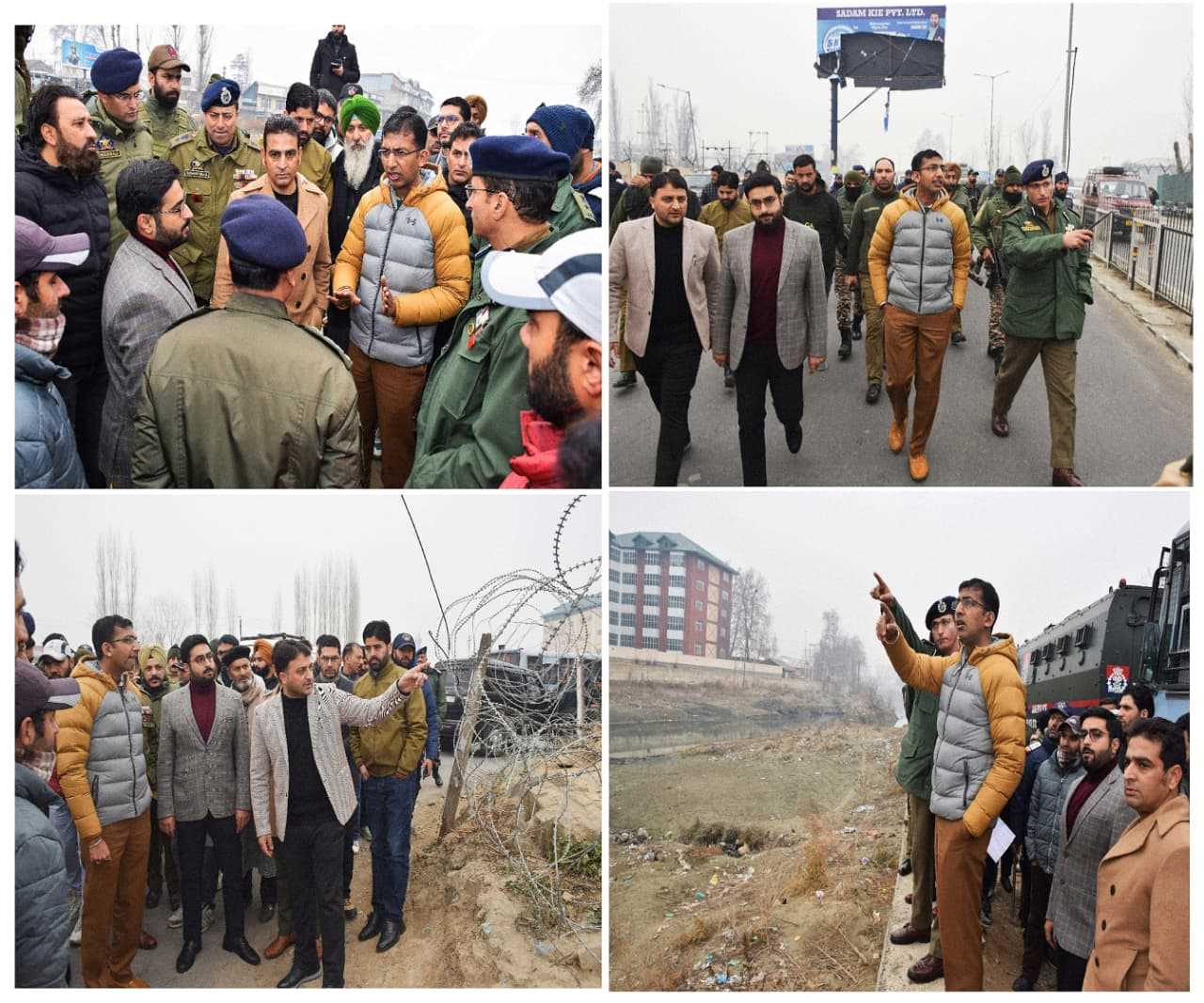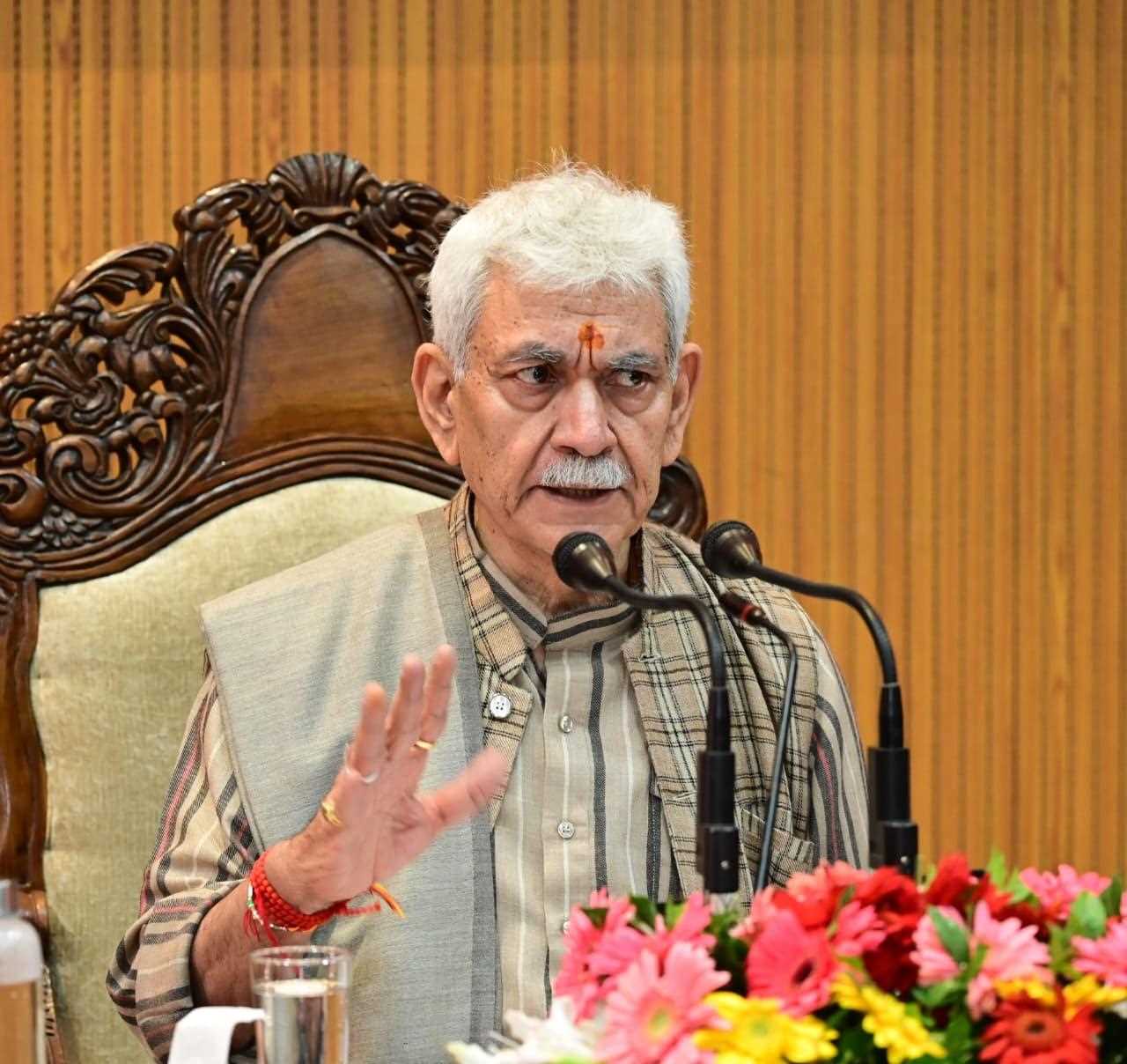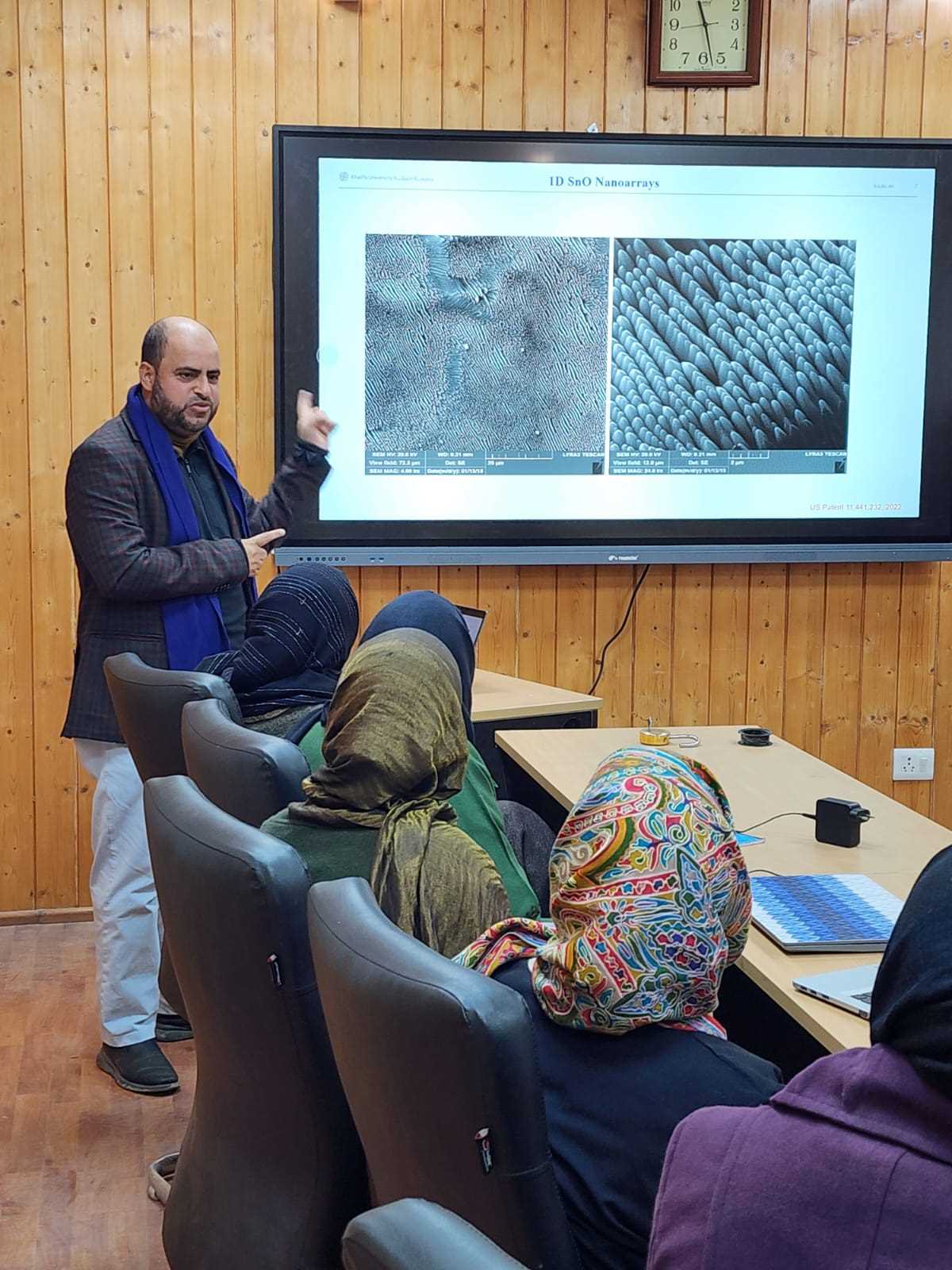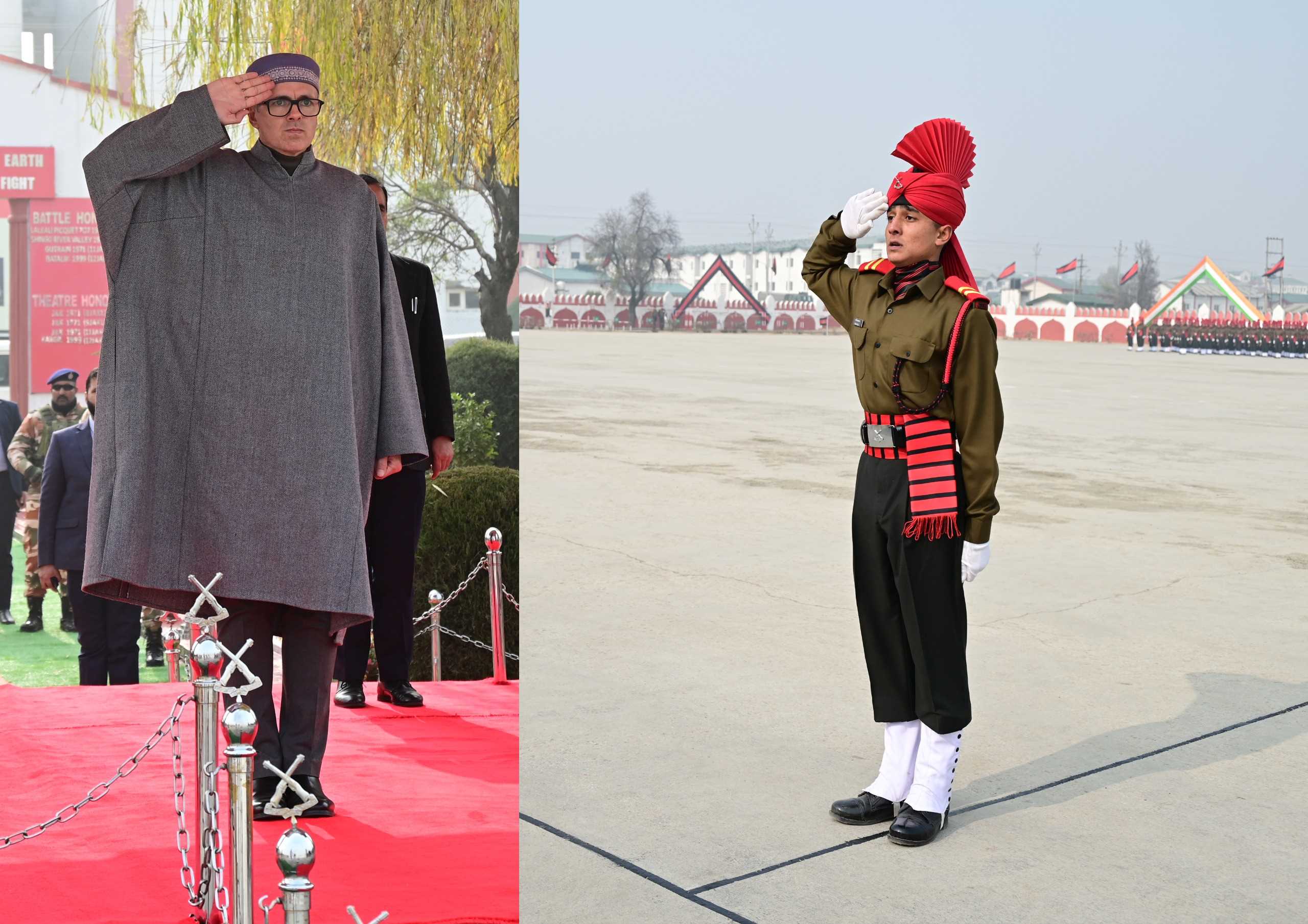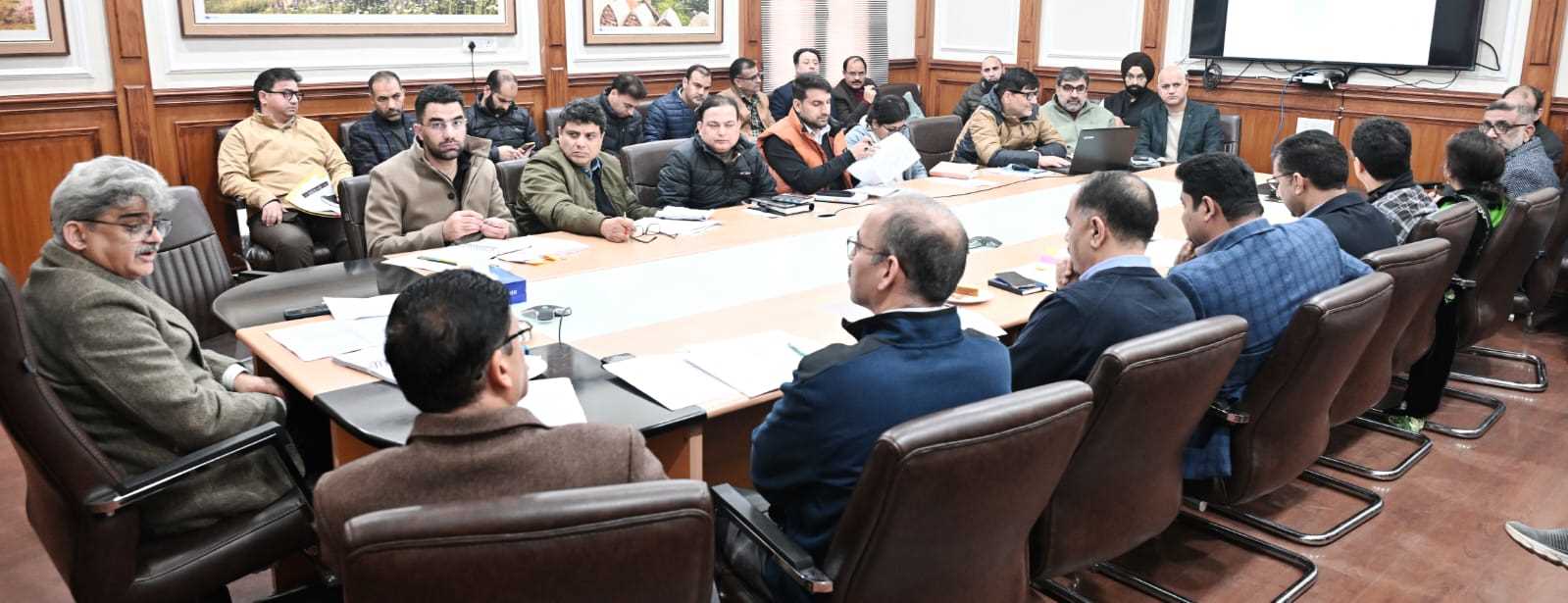There are unique cohorts of individuals facing specific challenges during the current global coronovirus diseases 2019(COVID -19) crisis. When faced with a rapidly evolving pandemic associated with high morbidity and mortality in older people (>60 years), the respiratory health of a (predominantly) young and very physically fit population might, on the face of it, seem trivial or almost irrelevant. Yet, for athletes, Para-athletes, and clinicians concerned with their health, it is important that targeted guidance is available to ensure the wellbeing of this population is considered.
Several specific issues are pertinent here including, questions regarding discussions to continue training potential transmission of diseases within teams, the potential effect of vigorous exercise on infection susceptibility, and the need for guidance regarding return to ply, following COVID-19 infection. Additionally there are considerable implications associated with the now almost complete and immediate curtailing of all employment activity for professional athletes. Indeed, virtually all major international sporting events, including the Tokyo (Japan) Olympic games have now been either cancelled or postponed. It is also recognized that there are cohorts of athletes and para-athletes with heightened susceptibility to viral respiratory track infection and cohorts with known chronic medical conditions such as airways diseases (seen in approximately 20% endurance athletes).
Participation in some form of physical activity or sport is dearly a core component of maintaining a healthy lifestyle and is undoubtedly an important public health message for those residing in geographical areas enforcing isolation. There is general concerns that regular exercise training at what might be termed a moderate volume (30-60 minutes) and (3-5 days) per week and intensity (60-80% of maximum capacity) is associated with a general disease in the risk of respiratory track infection ( i.e., showing a so called J shaped association). For competitive athletes however it is to undertake vigorous and high intensity sessions, to facilitate the higher forms of physical conditioning required very high intensity training workloads, with or without sudden increase in training loads, have been associated with transient immune perturbations, infilammination, oxidative stress, and muscle damage. A potential increased risk of illness in periods of high intensity training is a concern, but mainly in non competitive recreational athletes. Evidence training without a small increased risk of illness, providing there is no sudden increase in training load (i.e., the J shaped relationship appears to plateau, or becomes more S shaped in elite athletes). Increased risk of COVID-19 transmission during training is more likely in certain athletic settings when athletes train in groups, engage in contact sports, do not adhere to universal guidance for social distance, make use of shared equipments, do not practice universal guidelines to maintain personal hygiene and use common facilities like changing rooms. There is currently no such specific data available regarding the prevalence, nature and behavior of COVID-19 related illness in athletic individuals.
A key concern in athletic individuals surrounds the timing or ability to return to full physical education (a return to play strategy), following an infection. Many young individuals with COVID-19 infection appear to develop relatively mild diseases and recover almost completely over 5-7 days. However, an apparent heightened risk of further deterioration has been suggested to occur between 7 and 9, with individuals developing more fumigant lower respiratory track manifestations and thus requiring more medical care. In athletes return to play decisions, in context of respiratory illness, usually default to the called neck check, which dates back to the early 1990s and is still implemented today that is athletes continue to exercise if their symptoms and clinical signs are confined to the upper airway (eg,only coryzal symptoms). The scientific bases for this recommendation is weak, and there is long standing concern of the potential risk of athletes with respiratory tract infection developing other complications from return to vigorous exercise. Of these risks, the most important risk is the risk of myocarditis damage which could be highly relevant in the current outbreak published data from COVID-19 infection cohorts indicate a definite prevalence of myocardial damage, with troponin elevation and an increasing number of cases with myocardities. On this basis and taking into account evidence of a risk of late deterioration, we recommend that the neck check rule for return to play is not used as an assessment strategy and that a more prolonged period and conservative return to play strategy are employed (eg,≥ 10 days from onset of symptoms plus 7 days from symptom resolution). This strategy will not be immediate relevance to athletes who are isolated or indeed have no planned competition targets; nevertheless, as the pandemic evolves, there will likely be more scenarios in which COVID-19 should be considered as differential diagnosis and thus the more corrective approach as outlined above, regarding return to play should be adopted.
Finally, ensuring the mental health and wellbeing of this group of individuals is key. Continuing with training is an important componunent to protect the mental health of athletes, particularly to reduce the risk of anxiety and depression.
Email:----ajazdar333@gmail.com





